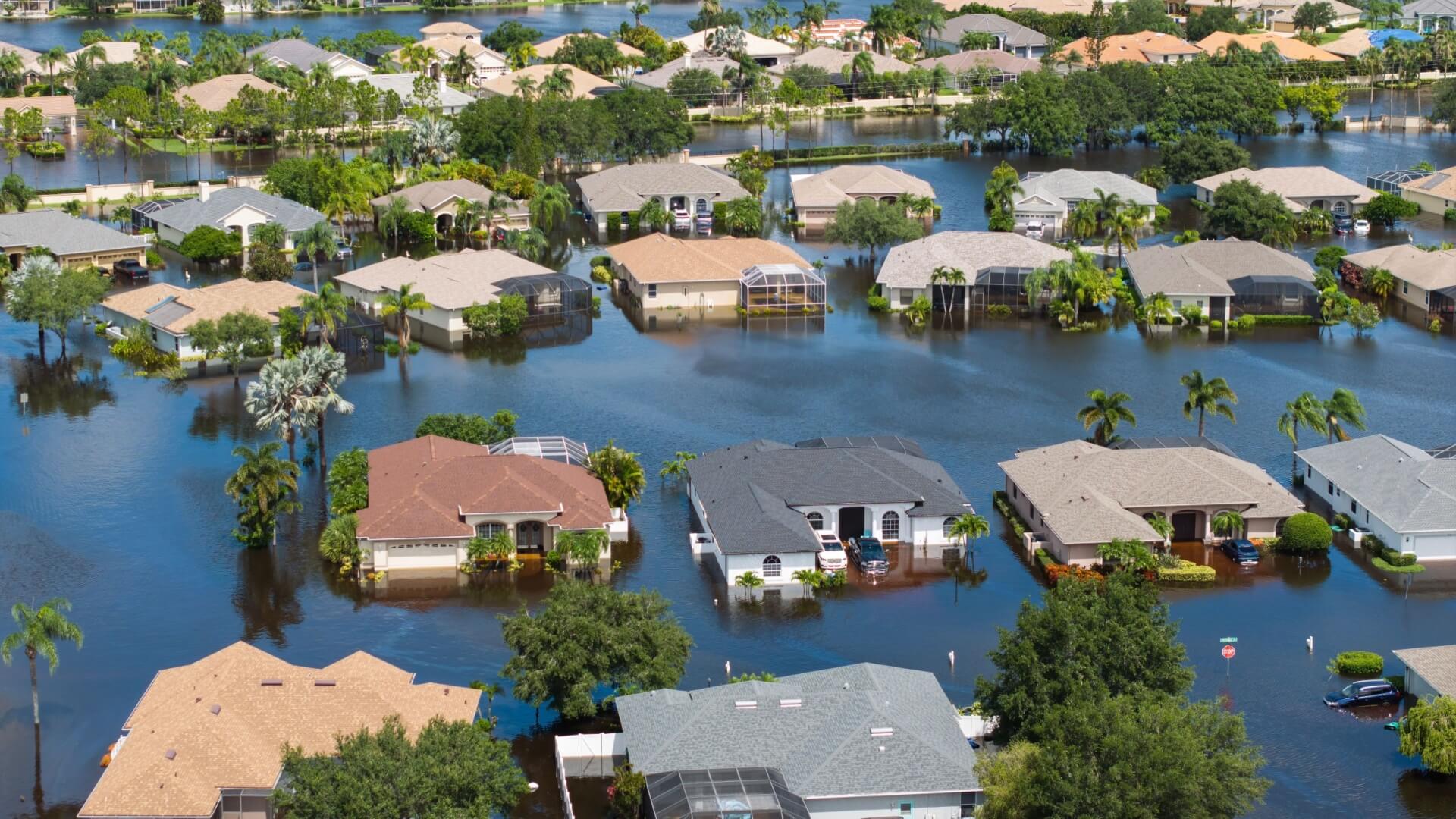The Most Devastating Hurricane on Record: Lessons from History
Hurricanes have shaped American history through their immense power to destroy entire communities within hours. These natural disasters leave behind trails of devastation that can take decades to recover from, claiming thousands of lives and causing billions of dollars in damage.
While many storms have earned their place in the record books, one hurricane stands above all others as the most devastating in U.S. history: the Great Galveston Hurricane of 1900. Meanwhile, Hurricane Andrew holds the distinction as the most destructive storm to ever strike Florida.
Understanding these historic disasters helps us grasp the true power of nature and the importance of proper preparation, including hurricane insurance and legal protection, in case an insurance provider fails to provide the compensation you deserve.
The Great Galveston Hurricane of 1900: America’s Deadliest Storm
On September 8, 1900, the Great Galveston Hurricane made landfall as a Category 4 storm, marking a pivotal moment in American hurricane history. This devastating hurricane remains the deadliest weather disaster in U.S. history, with an estimated death toll ranging from 6,000 to 12,000 people.
The storm’s arrival marked a turning point in how Americans viewed the destructive potential of hurricanes. Galveston, a thriving port city, was completely unprepared for the magnitude of destruction that would follow.
The Storm’s Deadly Power
The Great Galveston Hurricane earned its place as the most devastating hurricane through several key factors that combined to create unprecedented destruction:
- Category 4 Strength at Landfall: The hurricane maintained Category 4 intensity as it approached the Texas coast, bringing sustained winds powerful enough to level entire city blocks. The storm’s strength remained consistent throughout its passage over Galveston Island.
- Unprecedented Death Toll: The estimated 8,000 to 12,000 fatalities make this the deadliest hurricane in recorded U.S. history. This staggering number represents entire families and communities that were swept away by the storm surge and flooding.
- Complete Lack of Preparedness: Galveston residents had minimal warning and limited evacuation options. The city’s low elevation and lack of protective barriers left it completely vulnerable to storm surges. Weather forecasting technology was primitive, giving residents little time to seek safety.
The Scope of Destruction
The hurricane’s impact on Galveston was total and devastating. Storm surge and flooding completely inundated the island, destroying over 3,600 buildings and causing approximately $30 million in property damage—equivalent to hundreds of millions in today’s currency.
The destruction was so complete that entire neighborhoods simply disappeared. Debris fields stretched for miles, making it difficult to determine where buildings once stood. The storm fundamentally altered the city’s geography and forced a complete reconstruction effort.
The devastation led to revolutionary changes in Galveston’s infrastructure. City officials constructed a massive seawall and raised the elevation of the entire city to prevent future disasters. These engineering marvels became models for coastal protection throughout the United States.
The hurricane also sparked improvements in weather forecasting and emergency preparedness that would benefit generations of Americans living in hurricane-prone areas.
Hurricane Andrew: Florida’s Most Destructive Storm
Hurricane Andrew made landfall in South Florida on August 24, 1992, as a Category 5 hurricane, earning its place as the most devastating hurricane to hit Florida on record. With peak winds reaching 175 mph, Andrew brought unprecedented destruction to the Miami-Dade area.
The Storm’s Devastating Impact
Hurricane Andrew’s destruction stemmed from several factors that combined to create one of the most expensive natural disasters in U.S. history:
- Category 5 Strength at Landfall: Andrew maintained Category 5 intensity as it struck South Florida, making it one of only a few storms of this magnitude to make landfall in the United States. The sustained winds created a path of destruction unlike anything Florida had experienced.
- Widespread Property Destruction: The storm destroyed over 25,000 homes and left more than 160,000 residents homeless. Entire subdivisions were flattened, with some areas looking like war zones in the aftermath.
- Record-Breaking Financial Losses: Hurricane Andrew caused an estimated $27.3 billion in damage in 1992 dollars, making it one of the costliest natural disasters in U.S. history. The financial impact reshaped the insurance industry and led to significant changes in building codes.
The Human Cost
While Andrew’s direct death toll in Florida was relatively low compared to historical hurricanes, the human impact was profound. Families lost everything they owned, and entire communities were displaced. The psychological trauma and long-term displacement affected thousands of residents for years following the storm.
The hurricane damage extended far beyond immediate destruction, creating long-term challenges for families attempting to rebuild their lives and communities.
Navigating Hurricane Damage Claims: The Importance of Legal Assistance
Property owners who experience hurricane damage often face significant challenges when dealing with insurance companies. Despite paying premiums for coverage, many homeowners discover that insurance companies use various tactics to avoid paying legitimate claims.
Insurance adjusters may attempt to undervalue damage assessments or attribute destruction to causes not covered by policies. These practices can leave families struggling to rebuild after already suffering tremendous losses.
The experienced hurricane damage lawyers at EC Law Counsel understand the complexities of insurance claims and can significantly improve outcomes for property owners. Our legal professionals offer several advantages:
Extensive Experience and Knowledge
Our team, with over 11 years of experience in hurricane damage claims, understands the tactics insurance companies use and how to counter them effectively. This experience proves invaluable when negotiating settlements or pursuing litigation.
Industry Insight
Our legal team possesses insider knowledge of the insurance industry and can anticipate challenges, developing effective strategies to overcome them. This understanding helps level the playing field between individual property owners and large insurance corporations.
Why Professional Legal Help Matters
EC Law Counsel has spent more than a decade helping Florida homeowners secure the compensation they deserve after hurricanes and extreme weather events. Our legal team leverages deep knowledge of the insurance landscape and a strong track record in storm damage cases to help maximize recovery..
Property owners working with experienced hurricane damage lawyers benefit from comprehensive legal support throughout the claims process, from assessing property damage and negotiating with insurers to court representation when necessary.
If your insurance company is attempting to deny, delay, or downplay your hurricane damage claim, professional legal assistance can make the difference between inadequate compensation and full recovery. Contact EC Law Counsel at 954-740-6333 or fill out our online form for a free case evaluation by a local Florida hurricane damage lawyer.





